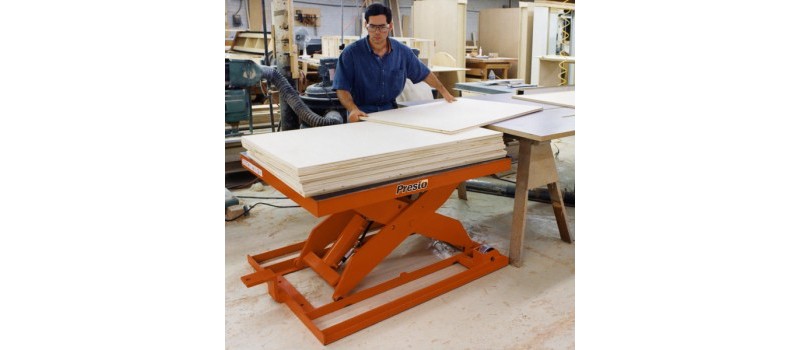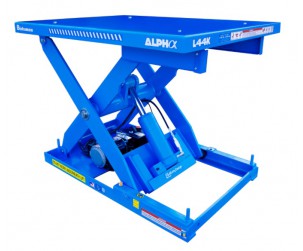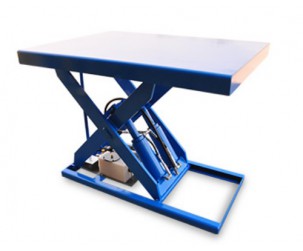Scissors lift tables, also known as lift tables or platform lifts, are essential equipment in many industrial, commercial, and even residential settings. They are designed to elevate or lower heavy loads, using a mechanism typically composed of linked, folding supports in a crisscross "X" pattern, known as the "pantograph." Powered by hydraulic, pneumatic, or mechanical methods, these tables help to improve safety, efficiency, and ergonomics.
Benefits:
♦ Ergonomics: They reduce the risk of work-related injuries by allowing workers to elevate or lower items to a comfortable working height. This minimizes the need for bending, lifting, and stretching, which can lead to musculoskeletal disorders.
♦ Safety: They enhance workplace safety by providing a stable platform to elevate workers and materials. This reduces the chances of falls and dropped materials.
♦ Versatility: With various sizes, capacities, and designs available, scissor lift tables can be used in many industries.
♦ Efficiency: They improve productivity by speeding up tasks that would otherwise require manual lifting or the use of ladders.
♦ Space Saving: When not in use, many scissor lift tables can be folded down or integrated into other structures like workbenches, saving valuable floor space.
♦ Durability and Strength: Built for heavy-duty applications, these tables can handle substantial weights, often several tons, depending on the model.
Uses:
♦ Warehousing and Distribution: For loading and unloading goods, sorting parcels, and stacking pallets.
♦ Manufacturing: As part of assembly lines or production processes where components or products need to be elevated or lowered.
♦ Vehicle Maintenance and Repair: Elevating vehicles or components for easier access.
♦ Construction: Providing a raised platform for workers to reach elevated areas safely.
♦ Retail: In large stores or warehouses, they can be used for stocking shelves or organizing inventory.
♦ Medical and Rehabilitation: Some specialized lift tables are used in medical settings for patient rehabilitation or as adjustable beds/examination tables
♦ Theater and Event Production: Elevating stages, props, or performers.
♦ Woodworking and Carpentry: Adjustable workbenches to handle large or awkward pieces of wood.
♦ Aerospace and Aviation: For accessing aircraft parts during maintenance or assembly.
♦ Home and DIY: Smaller scissor lifts can be used for home renovations, painting, or as adjustable height workbenches for hobbyists.
♦ Disabled Accessibility: Some versions are designed to help individuals with mobility challenges access higher levels.
Given the vast benefits and uses, scissor lift tables are invaluable assets in many sectors, promoting safer and more efficient work environments.
There are several different types of scissor lift tables, but not all:
Hydraulic Scissor Lift Tables: These are the most common type. They use a hydraulic cylinder to raise and lower the platform. This allows them to lift very heavy loads, and they are typically very durable and reliable.
Pneumatic Scissor Lift Tables: These use air pressure to raise and lower the platform. They are often used in industries where electrical power is not readily available or where there is a risk of fire or explosion.
Tandem Scissor Lift Tables: These have multiple sets of scissor mechanisms, which allow them to reach much higher heights than single scissor lifts.
Low Profile Scissor Lift Tables: These have a lower closed height, making them suitable for applications where the load is low to the ground and needs to be lifted.
Rotating Scissor Lift Tables can go up and down and rotate. This can be particularly useful in assembly operations.
Tilting Scissor Lift Tables can pitch to a certain angle along with vertical movement. It is helpful for specific operations, such as improving access or ease of loading and unloading.
Floor Level Lift Tables can all be fed quickly and easily by inexpensive hand pallet trucks. These lifts allow workers to function at their own pace without waiting for a forklift and certified operator to load the charges.
Self-Leveling Table improves ergonomics, productivity, and efficiency by automatically raising and lowering during loading and unloading so the worker does not have to stoop, bend, or strain.
Bishamon LiftPilot Floor Level Pallet Lifter - LP-25 with telescoping forks to lift pallets and skids safely in tight areas. Pallet truck accessible - no ramp, bump, or obstruction - nothing to stumble over!Unique "Space Saving" design with the smallest footprint in the industry.
Each type has its specific benefits and is best suited to certain tasks. The right one for a given job depends on several factors, including the weight and size of the items being lifted, the height they need to be lifted, the available power sources, and the environmental condition.
Scissor lift tables are hydraulic lifting devices that use a scissor-like mechanism to raise or lower a platform. These tables are commonly used in manufacturing, warehousing, and other industries to raise or lower heavy loads to a desired height. Here are the steps to using a scissor lift table:
-
Before using the scissor lift table, inspect it to ensure it is in good working condition. Check the hydraulic fluid level, hoses, and connections for any signs of damage or leaks. Make sure the platform is clear of any debris or obstacles.
-
Position the scissor lift table in a level and stable location. Make sure the table is on a firm surface, and the wheels are locked in place.
-
Turn on the hydraulic pump or connect the hydraulic hoses to a power source.
-
Lower the scissor lift table to its lowest position.
-
Position the load on the platform. Make sure the load is centered and balanced.
-
Raise the platform to the desired height using the hydraulic controls. Please keep your hands and feet clear of the scissor lift mechanism while it is in motion.
-
Once the load has been raised to the desired height, secure it with straps or clamps.
-
When you finish using the scissor lift table, lower the platform back to its lowest position and turn off the hydraulic pump or disconnect the hoses.
-
Clean the scissor lift table and store it safely and securely.
Following the manufacturer's instructions and applicable safety guidelines when using a scissor lift table is essential. In addition, always wear appropriate personal protective equipment, such as gloves and safety shoes, and never exceed the table's weight capacity. Specifications are subject to change without notice.
Link to: Scissors Lift Tables













































